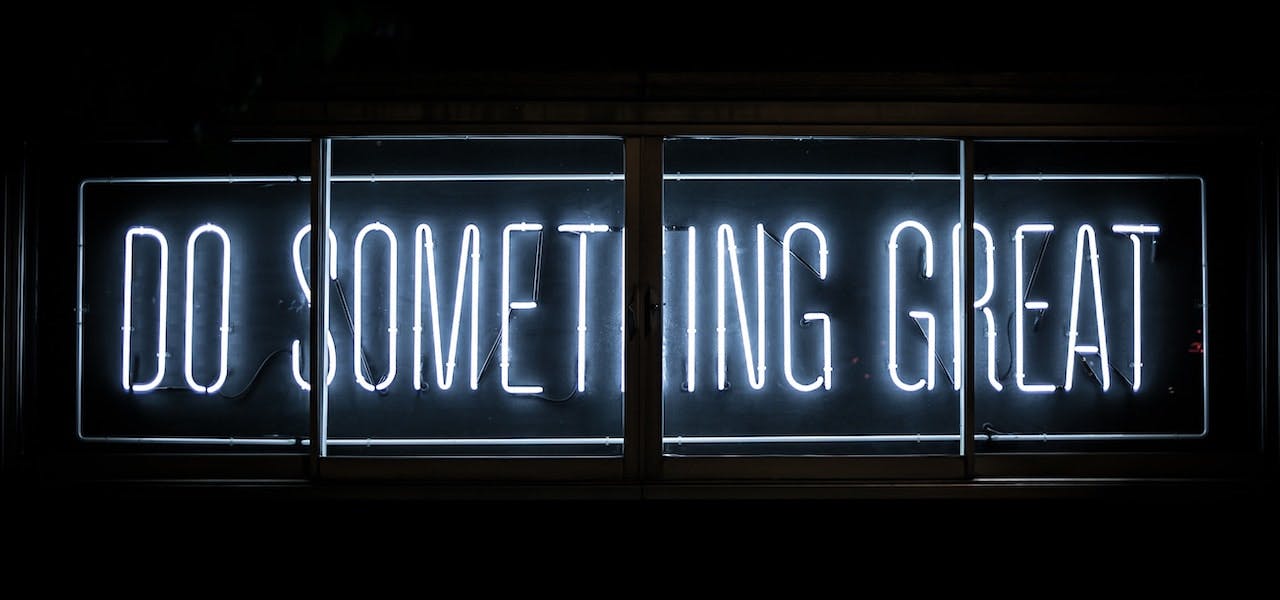Idealism is the belief, but also the practice of forming or pursuing ideals, especially unrealistically. Idealists are often compassionate people and those who want to “do good” in the world. There’s nothing inherently wrong with being an idealist, and in fact, such attitudinal belief is linked with compassion, which is really an ability to show a caring nature about social and environmental issues such as climate change or helping the less fortunate.
For example, someone who is compassionate might become a vegetarian because they know that eating less red meat reduces their carbon footprint and because they don’t want any part in the animal cruelty supply chain. Their behavior exudes compassion for the environment.
It is the idealist who takes it to the next step and says that everyone in the world should be a vegetarian, which regardless if this is correct or not, presents problems for some people in the world whose lives are so integrated with eating meat, sustainably or not.
That’s why sometimes for the purpose of academic research and designing experiments, idealism can get in the way of creating meaningful impact because such a grand vision to “do good” replaces crucial parts of information gathering or methodologies that divert from how things are running. That’s why it is important to also employ pragmatism when designing experiments, and limit idealism to only healthy amounts where needed.
How Universities and Institutions of change prompt idealism
To understand how idealism manifests itself and how it sometimes gets in the way of research design and experiments, we first have to understand where such methods are learned in the first place. This is, of course, the university, and usually for students who are going to go off into a career in academia or a specialized field—it’s post-graduate education where classes are smaller more niche, and more focused on specific case studies that shape a student's understanding of a problem or entire discipline.
To some extent, and as an aside, students might become interested with specialized case studies in their undergraduate years, but because of the influence of so many classes as requirements in undergraduate studies, it’s harder to focus on such a niche subject area, which results on students simply getting the bachelors degree now to motivate themselves for future specialized study.
But in the post-graduate model, students pay much finer attention to the structures and institutions that affect society, either in a negative or positive light. It is then up to the students and the future changemakers, to create the lasting change they think is needed, by addressing this core model.
How change-making and idealism presents itself in society
Compassionate individuals who are also more than likely ambitious will then seek jobs in government think tanks, or other institutions where doing good research and coming up with new methods to address critical social and environmental issues serve as the mission of the organization. In fact, in interviews, it is sometimes the candidates' idealism and compassion for the world that gives them the leg up and lets employers know that these individuals want to exact change.
Indeed, such good intentions do not always equal well-designed experiments and there are many examples at the country level of helping lesser-developed nations that show how idealism produces unintended consequences. A classic example is U.S shoemakers flooding the Haitian market with new pairs of shoes in the aftermath of the major earthquake that occurred in the country in 2010.
While well intentioned, perfectly executed, and with compassion-lending behavior, the result of helping the vulnerable in this situation turned out to be a huge problem for local artisans and shoemakers. Because the market had been flooded with free shoes, the influx put local shoemakers out of business during the midst of an economic crisis.
Thus the design of the intervention, in this case, was based on a “do-gooder” mentality that did not factor into the equation the basis of supply and demand with regard to shoemaking. Such idealism ended up creating more problems than solutions in this case.
How social enterprises and new research methods are changing the status quo
While some bad examples of idealism play out with the Haiti example in that too much compassion and idealism neglected the reality of markets, social science research and the work of “do-gooders” has come a long way, and causal loop mapping, theories of change, and the technology to map and understand problems holistically have grown as a result.
It has now become the work of change-makers to focus on how grassroots movements can build resilience and sustain themselves, versus top down pressures and interventions that might provide momentary relief, but do not have a lasting impact. This change has been catalyzed to some extent as a growing movement away from hopeful idealism to targeted realism.
